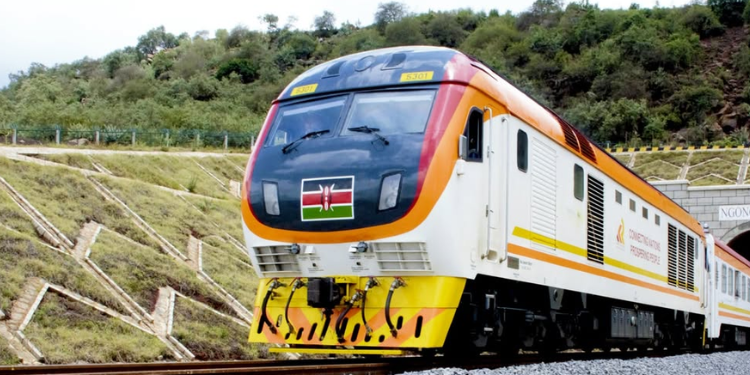The global helicopter market is set to face a shortage in 2025 as soaring demand meets a widening supply gap, constrained manufacturing capacity, and ongoing supply chain disruptions.
According to the Global Helicopter Market Report 2024/2025, the imbalance between supply and surging demand is placing immense pressure on operators, governments, and emergency response units worldwide.
“The industry is suffering from a reduction in global fleet versus aggregated demand across civil, emergency, and defence sectors,” says aviation analyst Lubrano.
Rotortrade, a global helicopter dealership, revealed that the helicopter market is expected to grow steadily through 2029, mainly due to increasing needs in emergency medical services (EMS), offshore energy, and the military.
Reasons for Helicopter Shortage
The report revealed several key factors contributing to the helicopter shortage, highlighting the challenges affecting both supply and demand across the industry.
Lack of Qualified Pilots
The industry is grappling with a global shortage of qualified pilots and technicians, leading to significant challenges in operations, maintenance, and fleet readiness.
Tackling these issues is essential to sustain growth as demand continues to rise.
Shortage of Spare Parts
Additionally, spare parts continue to be in short supply, leaving many of them grounded for prolonged periods due to ongoing supply chain disruptions.
According to Bloomberg Intelligence, supply chain challenges persist, with production growth hampered by logistical constraints.
“Supply chain problems persist, with production increases constrained by logistics bottlenecks a reason for more agile logistics and strategic partnerships that ensure parts availability to minimize operational downtime,” part of the report read.
Lack of Finance
Financing is critical to sustaining transaction flow and bolstering market confidence. In the absence of strong financial support, the industry faces the risk of stagnation. To revitalize the ecosystem, innovative financing models and trust-enhancing strategies are essential.
“Without robust financial backing, the industry risks stagnation. Innovative financing solutions and trust-building measures are essential to revitalizing the ecosystem,” report read.
Also Read: Starlink’s Uptake in Kenya Slows Months After Doubling Market Share- Report
Natual Disasters and Wars
Further, geopolitical conflicts and natural disasters are key drivers of rising helicopter demand. There has been a notable increase in military spending, particularly in Europe, driven by the ongoing war in Ukraine.
Additionally, helicopters remain vital for disaster response, search-and-rescue operations, and humanitarian missions, sustaining consistent demand from government and para-public sectors.
Also Read: Report Reveals Ethnic Groups Dominating Police Service
Aging Fleet and Pricing Dynamics
The global helicopter fleet is aging, with the average aircraft now over 40 years old.
According to the report, there is rising oil prices and operational demands are fueling strong demand for offshore-support helicopters, particularly twin-engine models.
However, market growth is tempered by pricing challenges, high acquisition costs and difficulties in reselling older helicopters continue to influence purchasing decisions and shape market dynamics.
Follow our WhatsApp Channel and X Account for real-time news updates.














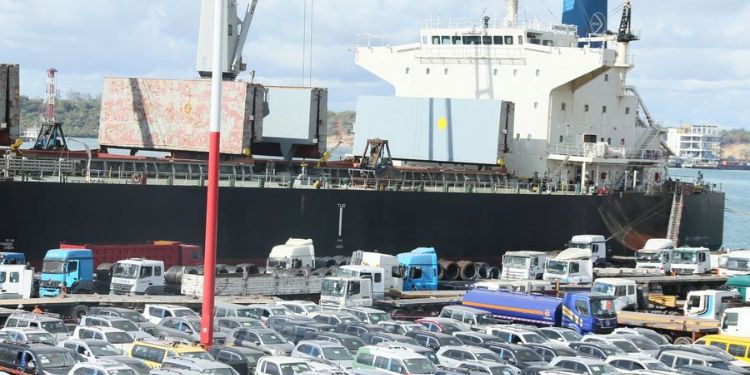

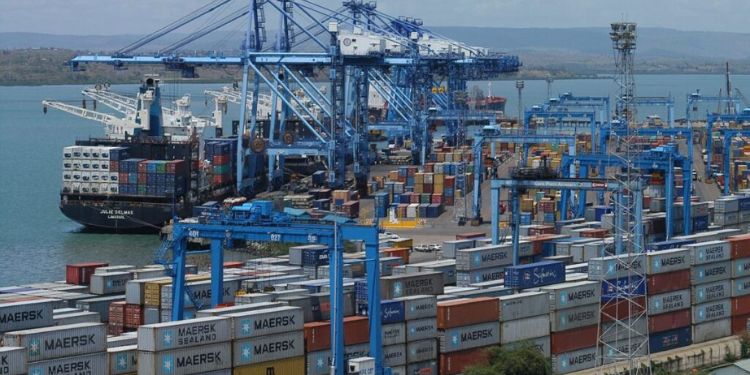


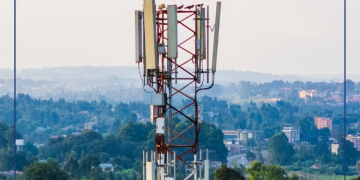



















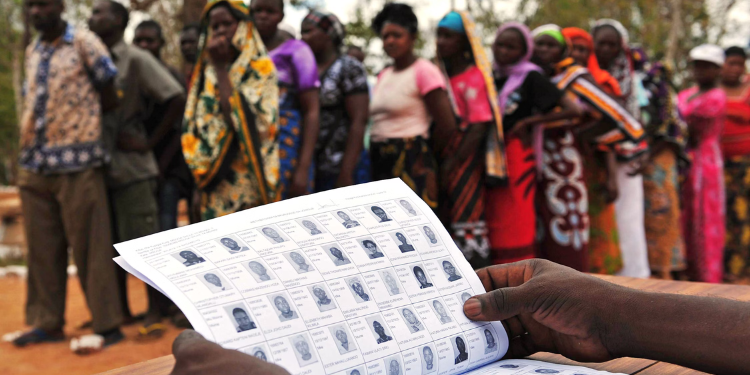












![Senator Allan Chesang And Chanelle Kittony Wed In A Colourful Ceremony [Photos] Trans Nzoia Senator Allan Chesang With Channelle Kittony/Oscar Sudi]( https://thekenyatimescdn-ese7d3e7ghdnbfa9.z01.azurefd.net/prodimages/uploads/2025/11/Trans-Nzoia-Senator-Allan-Chesang-with-Channelle-KittonyOscar-Sudi-360x180.png)








